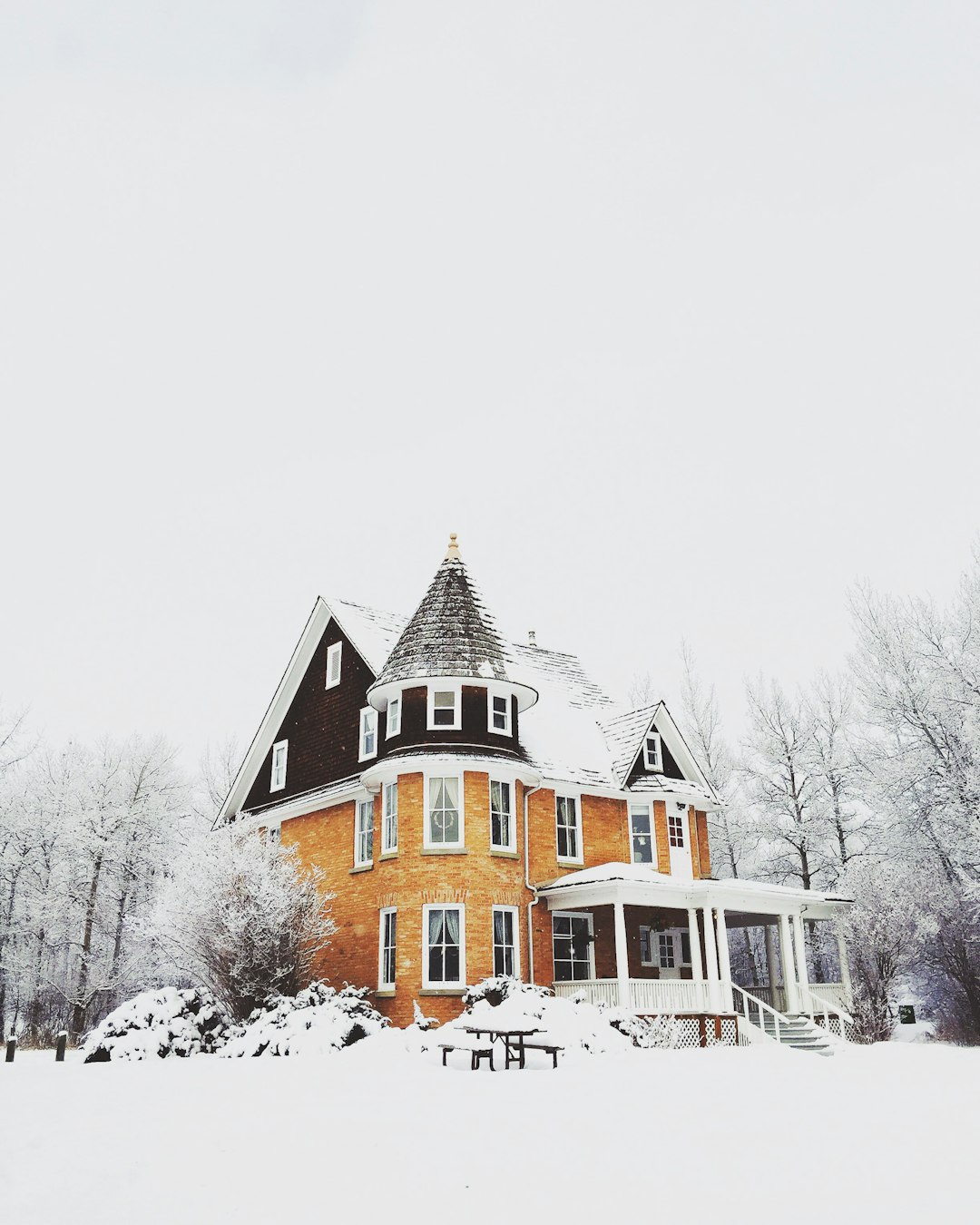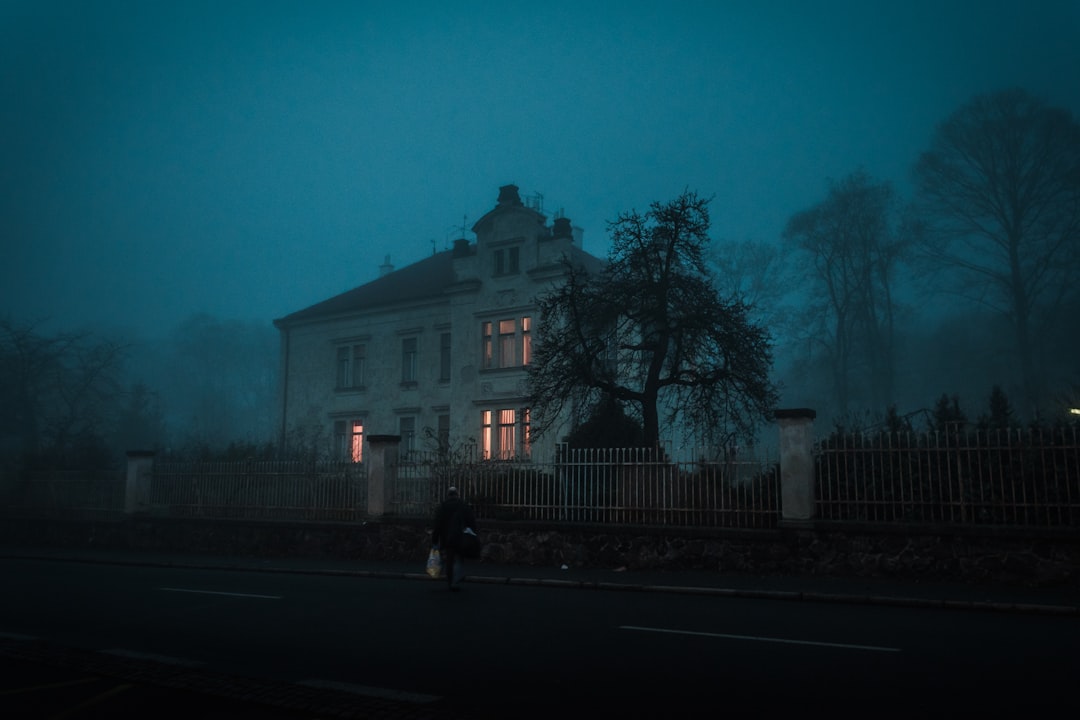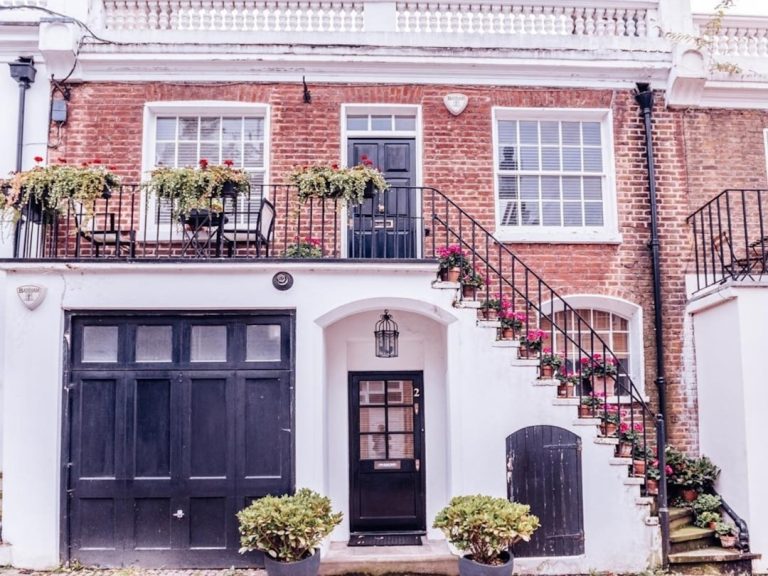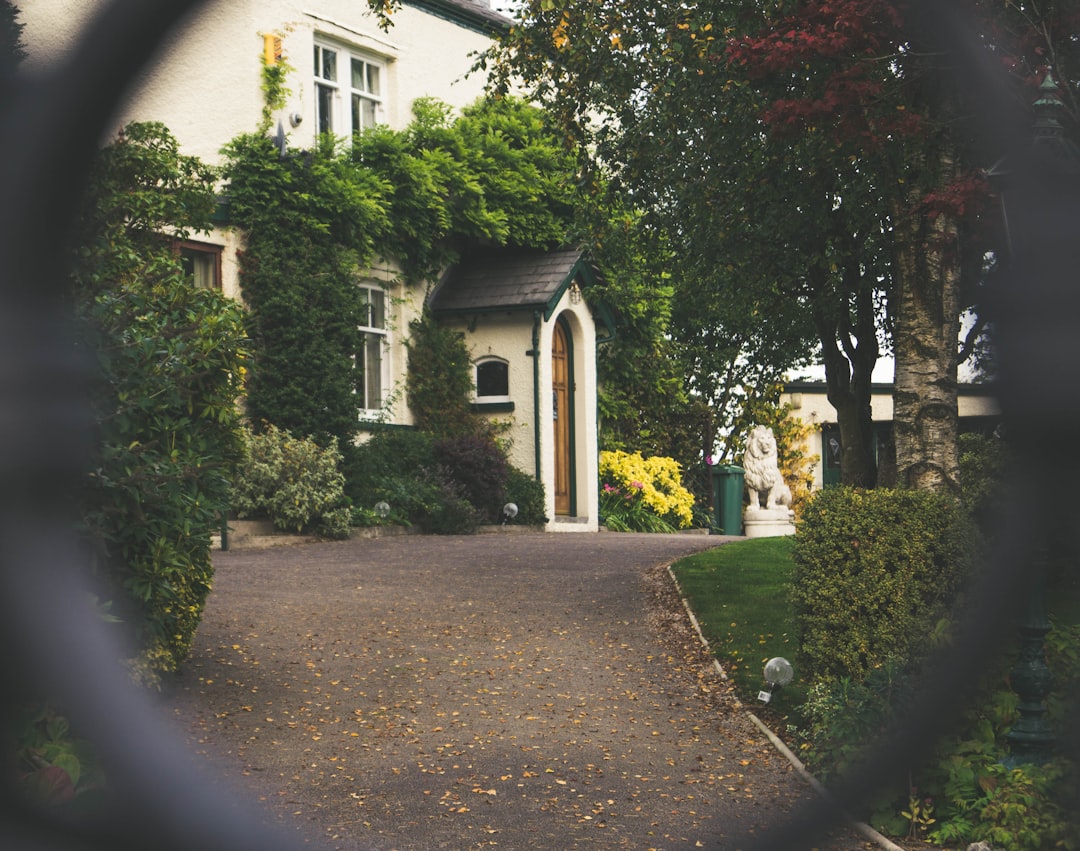heritage homes require a careful and respectful restoration process that balances their historical significance with modern living standards. This involves thorough documentation of their original features and structural condition, followed by the use of authentic materials and traditional craftsmanship to preserve their architectural integrity. Restoration adheres to strict legal and technical guidelines, ensuring compliance with heritage regulations while employing sustainable practices. Skilled professionals work together to restore or maintain original features, integrating contemporary amenities seamlessly. This delicate process aims to honor the homes' historical character, making them functional for current residents without compromising their cultural importance or architectural charm. The result is a living testament to the past, serving as an integral part of our nation's cultural heritage and a demonstration of commitment to both environmental responsibility and historical preservation.
Heritage homes stand as testaments to our past, each brick and beam weaving a narrative of history. This article delves into the meticulous process of restoring these architectural gems to their former glory while ensuring they meet contemporary living standards. From the preservationist’s perspective on assessing needs to sourcing authentic materials, and navigating legal frameworks with expert precision, we explore the delicate balance required in heritage home renovations. Join us as we honor the legacy of historical homes, ensuring their stories continue to be told for generations to come.
- Assessing the Needs of Heritage Homes: A Preservationist's Approach
- The Art of Restoration: Balancing Integrity and Modern Comfort in Historical Homes
- Sourcing Authentic Materials for Heritage Home Renovations
- Documentation and Expertise: Navigating the Legal Framework and Employing Specialist Skills in Heritage Home Restoration
Assessing the Needs of Heritage Homes: A Preservationist's Approach

When embarking on the preservation journey of a heritage home, the first step is a meticulous assessment of its condition and needs. Preservationists engage in a thorough examination of the property’s structure, materials, and design elements to understand its historical significance and architectural value. This process involves documenting existing conditions, identifying original features, and noting any signs of decay or alterations that may have occurred over time. The goal is to respect the home’s integrity while addressing modern-day demands for comfort, safety, and functionality.
The approach taken by preservationists prioritizes the retention of authentic materials and craftsmanship. Any necessary repairs or modifications are executed with an emphasis on reversibility and minimally invasive techniques. This ensures that the home’s historical character remains intact while providing contemporary amenities. The use of appropriate restoration methods is crucial to maintain the architectural significance of these homes, ensuring they continue to serve as a testament to their time for future generations. Heritage homes hold a unique place in our cultural landscape and require specialized attention to preserve them for posterity.
The Art of Restoration: Balancing Integrity and Modern Comfort in Historical Homes

Restoring homes with historical or architectural significance is a delicate task that requires a harmonious blend of skill, sensitivity, and resources. The art of restoration, often referred to as the conservation of heritage homes, involves careful consideration of the property’s original design, materials, and craftsmanship while integrating modern conveniences and safety standards. This process demands a deep understanding of historical context and architectural style, ensuring that the end result remains true to its origins while becoming a comfortable dwelling for contemporary living.
Skilled artisans and restoration experts work in tandem with historians and architects to preserve the integrity of these heritage homes. They meticulously analyze blueprints, examine existing structures, and source authentic materials to recreate or repair elements such as moldings, staircases, and windows. This dedication to preserving the home’s historical character is paramount; it not only honors the legacy of the structure but also contributes to the cultural fabric of the community. Meanwhile, thoughtful integration of modern amenities and sustainable technologies ensures that these homes can be lived in without compromising their historical significance. This careful balancing act between maintaining the authenticity of heritage homes and enhancing their livability is what makes restoration a unique and rewarding endeavor.
Sourcing Authentic Materials for Heritage Home Renovations

When embarking on the restoration of heritage homes or those with architectural significance, the use of authentic materials is paramount to preserve the integrity of these historical structures. Sourcing these materials involves a meticulous process that respects the era and style of the home. Original building materials such as wood types, roofing slates, and window panes should ideally match those from the home’s initial construction period. This ensures visual consistency and maintains the structural character that defines the property.
Local suppliers or specialty vendors who deal in vintage or reclaimed materials can be invaluable resources for authentic building components. These materials not only maintain the aesthetic but also offer a sustainable option, as they often carry a lower environmental impact compared to new materials. Additionally, utilizing historical materials contributes to the preservation of craftsmanship and techniques from earlier times, which is crucial for maintaining the authenticity and charm of heritage homes. Contractors and restorers should work closely with local authorities or heritage bodies to source materials that comply with conservation standards, ensuring that the home’s story remains intact for future generations.
Documentation and Expertise: Navigating the Legal Framework and Employing Specialist Skills in Heritage Home Restoration

restoring a heritage home is a meticulous endeavor that demands a deep understanding of both the legal and technical complexities involved. The process begins with thorough documentation, which serves as a roadmap for the restoration project. This documentation includes detailed records of the property’s history, architectural features, and any existing preservation restrictions or easements. Understanding these constraints is crucial to ensure compliance with local, state, or national heritage regulations, which often govern changes to historically significant buildings.
Once the legal framework is navigated, expertise in specialized restoration techniques becomes paramount. Heritage homes require craftsmen skilled in traditional construction methods and materials that align with the original building practices. Engaging with professionals who specialize in historical architecture—such as architectural historians, conservation experts, and restorers—is essential to maintain the integrity of the home’s design and character. These specialists not only help in repairing and preserving original features but also in integrating necessary modern updates in a way that is sympathetic to the home’s historical context. Their contributions are vital in breathing new life into these treasures while safeguarding their legacy for future generations.
In conclusion, the restoration of heritage homes is a nuanced endeavor that demands a delicate balance between upholding their historical integrity and infusing them with modern amenities. The preservationist’s approach to assessing the needs of these structures sets the stage for a meticulous process, ensuring their architectural significance endures. The art of restoration is not merely about physical reconstruction; it encompasses a deep respect for the past alongside an understanding of contemporary living requirements. Sourcing authentic materials is paramount in this endeavor, as it guarantees the continuity of the home’s original character. Moreover, navigating the legal framework and employing specialist skills are critical components that enable such restorations to proceed with both respect for historical significance and adherence to modern conservation standards. Preserving our heritage homes is an investment not only in maintaining a tangible connection to our past but also in enriching our collective cultural landscape for future generations. Heritage homes, as a testament to our architectural evolution, warrant the utmost care and attention in their restoration journey.
